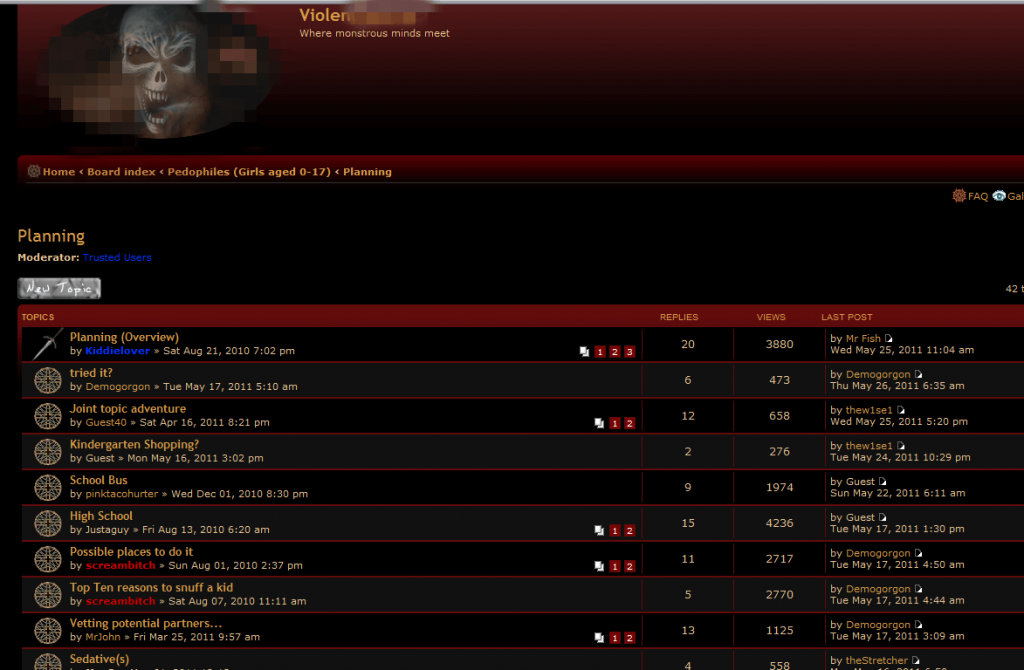
Do: Use Directories to Browse Safely and Responsibly Tor’s browser connects to what’s called the Tor network, which establishes an anonymous connection that protects against network surveillance and tracking. In addition to being able to access any website you can in a standard browser, you can also access Dark Web URLs that end in.

Specifically, it’s the portion neither standard search engines nor standard web browsers can access.

The Dark Web is not separate from the Deep Web, but rather it is a portion of the Deep Web. This is the Deep Web because it’s not indexable by current search engines. You searched or stayed on the same page, yet you’re viewing different content. But what about when there aren’t any links? When you’re on Facebook and you search through content or perhaps on a Flash website with pop-up information, you didn’t click any links. Search engines crawl the Internet by visiting one web page, then all of the links on that page, then all of the links on those pages and so on. In fact, you’re probably very often within the Deep Web and you don’t even know it.

It technically could, but so could any other browser. It’ll take a few seconds, but in a moment the Tor browser will launch. For all intents and purposes, click Connect to get onto the Tor Network. Tor will ask you whether you want to connect directly to the Tor Network or use your own secure connection. Once you download and install Tor, you’ll have to go through a very quick setup process. Note: Tor is available for Windows, Mac and Linux operating systems. Just visit Tor’s website and click Download Tor. To access the Dark Web, you’ll need to download the Tor browser for free. Due to the anonymous and vulnerable nature of the Dark Web, it’s important to keep in mind certain things you should and shouldn’t do when accessing it.

If you’re curious about taking a gander into the unknown, be prepared.


 0 kommentar(er)
0 kommentar(er)
